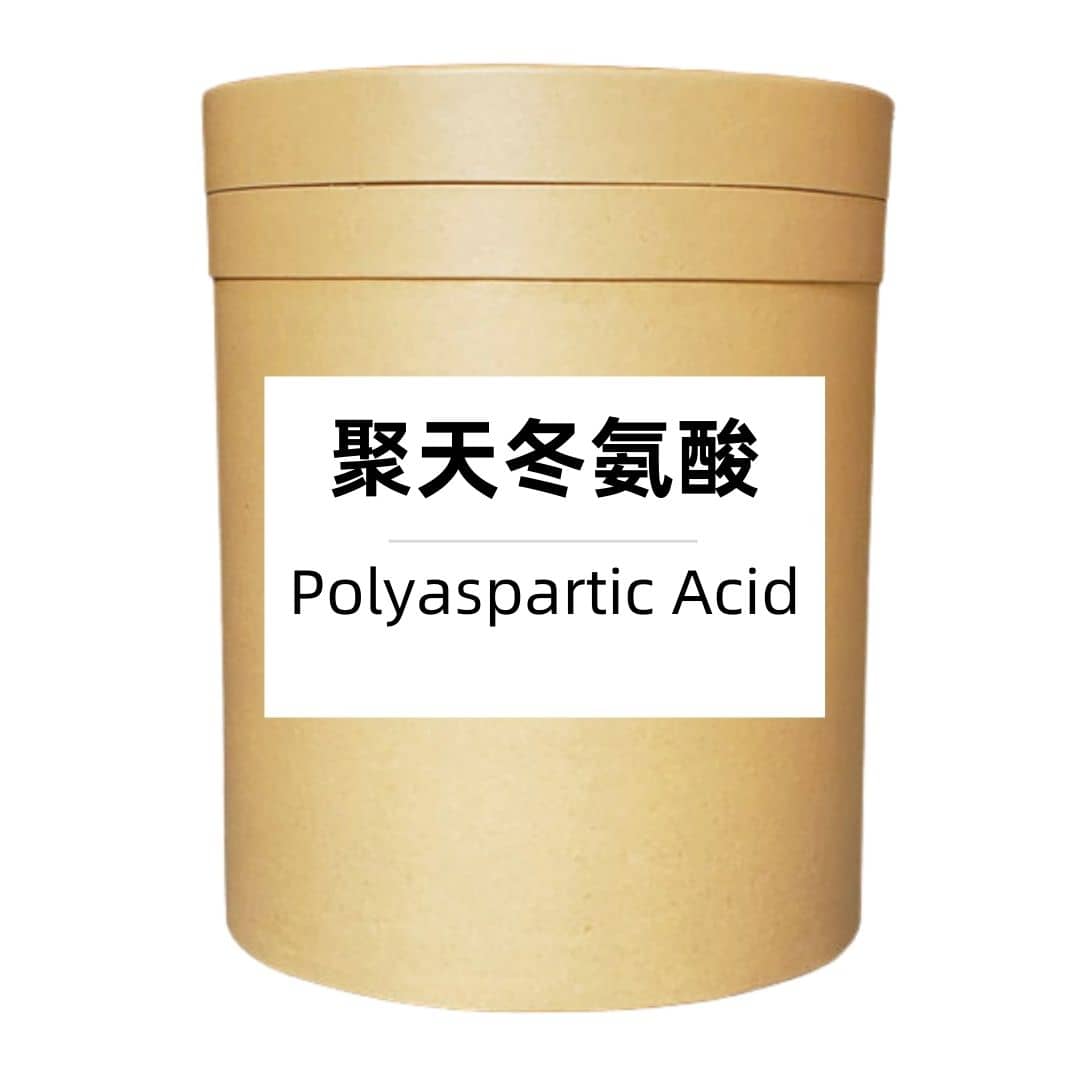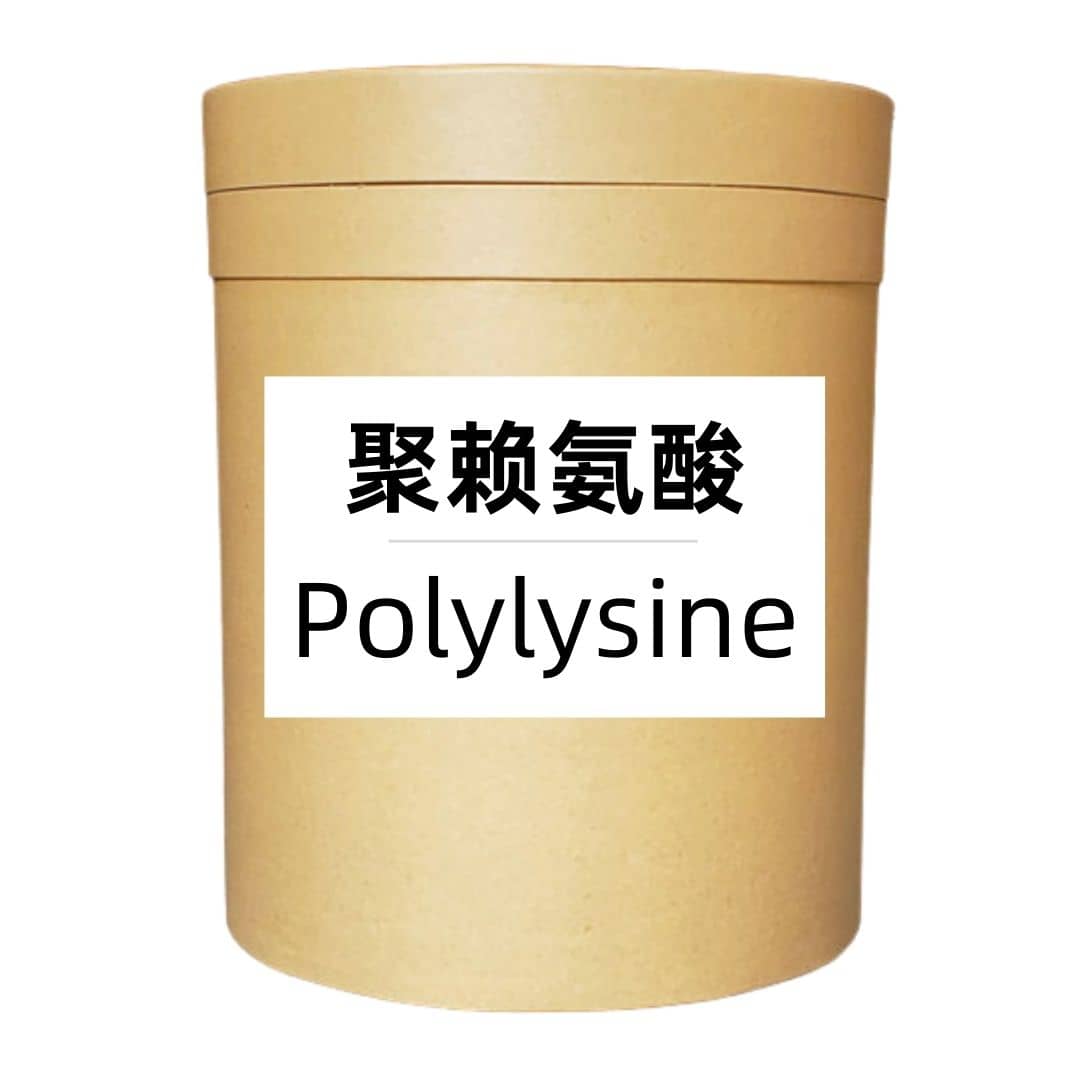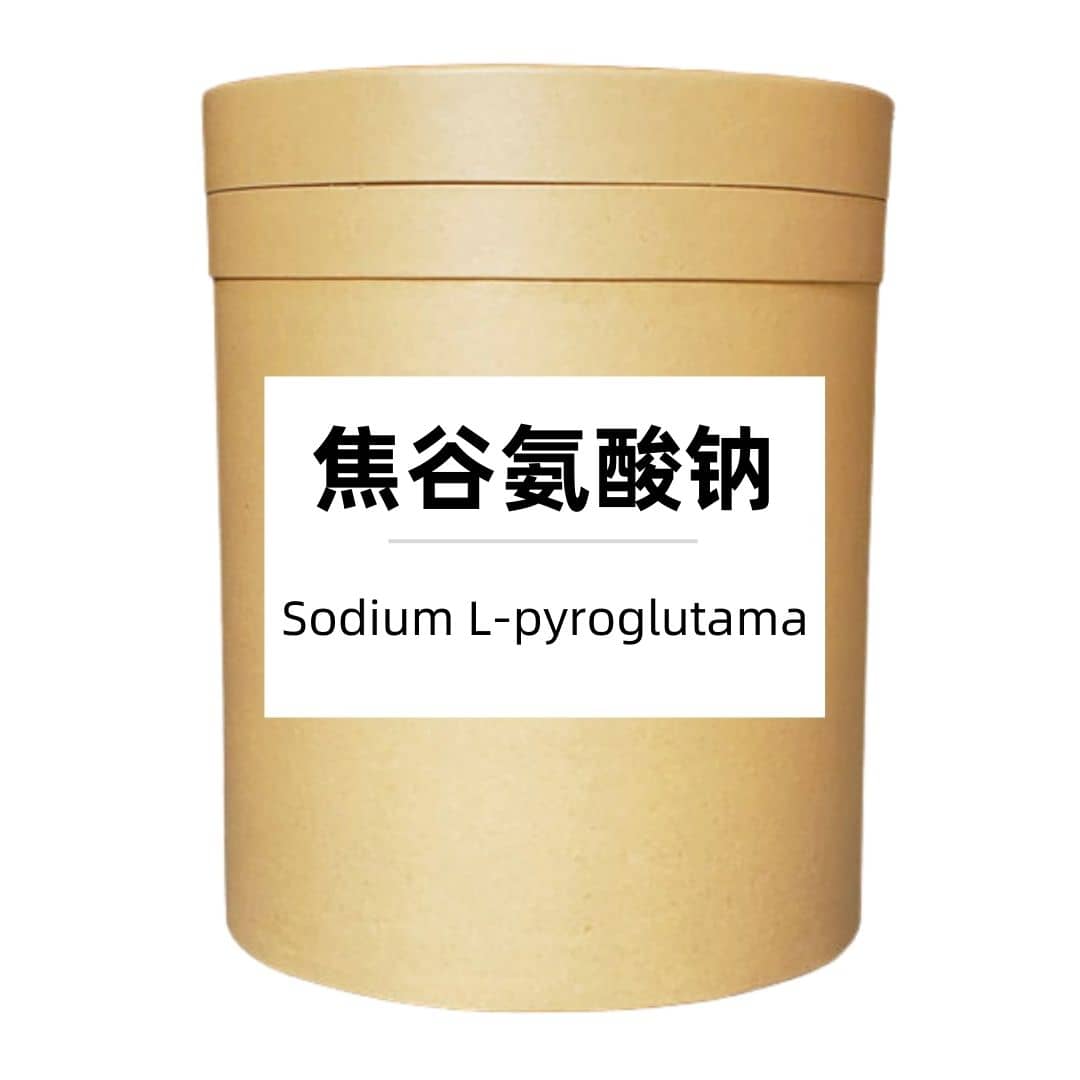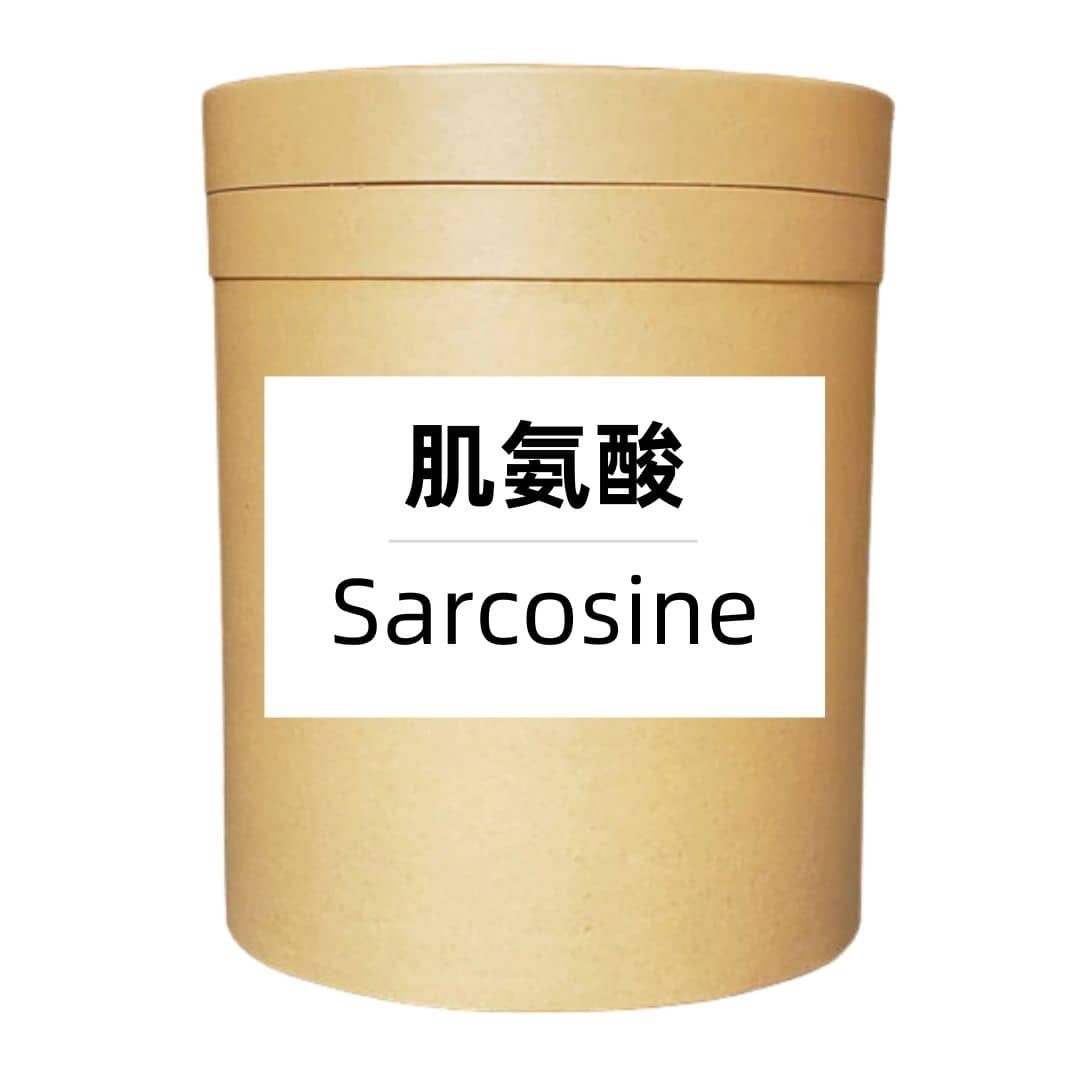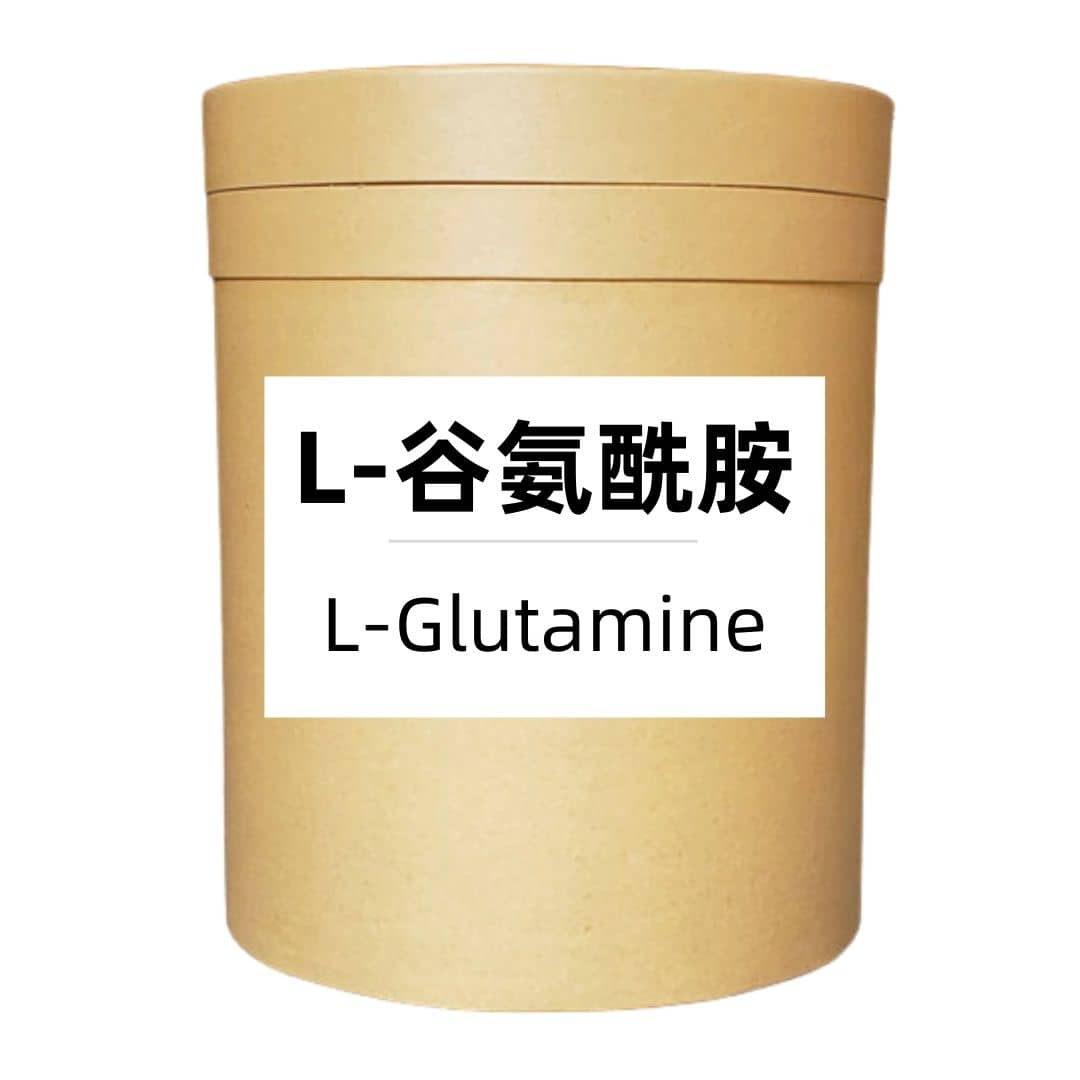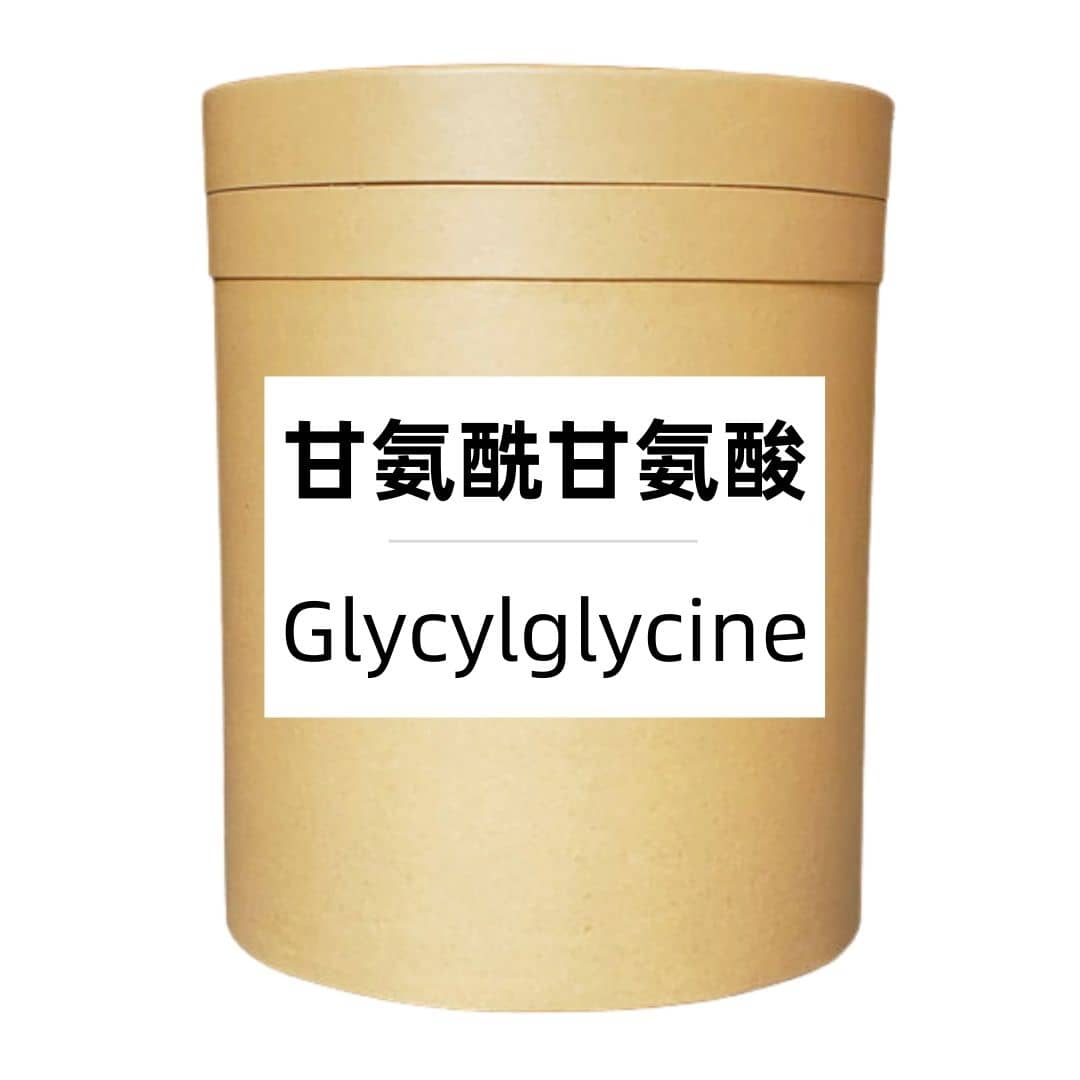Product Introduction
D-Cysteine hydrochloride, with the chemical formula C3H7NO2S•HCl, is a white crystalline powder. It is the hydrochloride salt form of cysteine, primarily used as a food additive and cosmetic ingredient. Cysteine is an essential amino acid with important physiological functions in the human body.
In cosmetics, D-Cysteine hydrochloride is commonly used as an antioxidant and moisturizer, helping to keep the skin hydrated and smooth. It can also reduce oxidative damage to the skin and provide anti-aging effects. Additionally, D-Cysteine hydrochloride can be used in hair dyes and hair care products to protect the health and strength of the hair.
In food, D-Cysteine hydrochloride can be used as an additive to enhance flavor, stabilize color, and improve texture. It is commonly used in meat products, bread, candy, and cookies. Additionally, it can be used in yeast fermentation processes to improve the elasticity and extensibility of dough.
Overall, D-Cysteine hydrochloride is an important food additive and cosmetic ingredient with antioxidant, moisturizing, and anti-aging benefits.
Production Process
The production process of D-Cysteine hydrochloride includes the following steps:
- Raw Material Preparation: Prepare cysteine and hydrochloric acid as reactants.
- Reaction: Mix cysteine with hydrochloric acid to produce D-Cysteine hydrochloride. Reaction conditions can be adjusted based on specific requirements, typically conducted under suitable temperature and pH conditions.
- Crystallization and Filtration: Crystallize the reaction product to obtain D-Cysteine hydrochloride crystals. Following crystallization, the solid product is separated from the solvent through filtration.
- Drying: Dry the filtered D-Cysteine hydrochloride to remove residual solvents, yielding a pure product.
- Inspection and Quality Control: Conduct necessary inspections and quality control on the produced D-Cysteine hydrochloride to ensure it meets relevant standards and requirements.
Adherence to relevant regulations and guidelines is essential throughout the production process to ensure product quality and safety.
Benefits and Functions
D-Cysteine hydrochloride offers the following major benefits and functions:
- Antioxidant: Acts as an antioxidant, neutralizing free radicals, reducing oxidative damage to cells, and protecting cells from environmental harm.
- Moisturizing: Increases the skin's natural moisturizing factor, enhancing the skin's moisture retention capacity and keeping the skin hydrated and supple.
- Anti-Aging: Reduces oxidative damage to the skin, promotes collagen synthesis, improves skin elasticity, reduces fine lines and wrinkles, and delays the aging process.
- Hair Protection: Repairs hair damage, improves hair health and strength, and reduces hair breakage and split ends.
- Enhancing Food Quality: Improves the flavor, color, and texture of food, enhancing taste and appeal.
Overall, D-Cysteine hydrochloride provides multiple benefits and enhancements in both cosmetics and food products.
Application Scenarios
D-Cysteine hydrochloride has broad application scenarios in cosmetics and food products.
In cosmetics, D-Cysteine hydrochloride is commonly used in the following scenarios:
- Moisturizing Skincare: Added to creams, lotions, and serums as a moisturizer to enhance skin hydration.
- Antioxidant Care: Included in antioxidant serums and masks to reduce oxidative damage and delay skin aging.
- Hair Coloring Products: Used in hair dyes and conditioners to protect hair from oxidative damage and improve dye effects and hair quality.
In food, D-Cysteine hydrochloride is commonly used in the following scenarios:
- Meat Products: Used as an additive to improve the flavor, color, and texture of meat products.
- Bread and Pastries: Added to bread and pastries to improve dough elasticity and extensibility, enhancing taste and quality.
- Candy and Cookies: Used as a flavor enhancer to improve the taste and texture of candy and cookies.
When using D-Cysteine hydrochloride, follow product instructions for correct usage, dosage, and methods.
Packaging and Storage
Storage Conditions: This product should be sealed, protected from light, stored in a dry, cool, and well-ventilated place.
Packaging: Bulk packaging in 25kg cardboard drums; samples in 1kg aluminum foil bags; customizable packaging per customer requirements.
Transportation: By courier or logistics; domestic courier delivery within three days, logistics delivery within five days. Quotes typically include domestic transportation costs.
Shelf Life: Two years.
Monica Sun possesses extensive technical expertise and market insights in the food additives industry. She excels in designing efficient and safe additive formulations tailored to various food applications, ranging from sweeteners to functional dietary fibers. Monica has successfully assisted food manufacturers in optimizing ingredient combinations to enhance product quality and improve consumer satisfaction.









